Purpose drives the difference: Nonprofit accounting vs. For-profit
Many effective nonprofit board members come from the for-profit world. They bring talent and organizational savvy that may help elevate your organization’s overall performance. But, when it comes to understanding financial reporting in this new arena, these for-profit pros often need some training to help them properly oversee your organization’s finances. You can start the process by explaining the basic differences between for-profit and nonprofit accounting.
Purpose drives the differences
As the term suggests, for-profit companies are driven by the desire to maximize profits for their owners. Nonprofits, on the other hand, are generally motivated by a charitable or other tax-exempt purposes. From a financial perspective, they need adequate revenue to enable them to fulfill their mission now and into the future.
Their respective financial statements reflect this difference. For-profits report mainly on profitability and increasing assets, which correlate with future dividends and return on investment to owners. Nonprofits report to funders, board members and the community on their financial position, the amounts received or promised from various funding sources, and how funds are used for programs and supporting services.
Transparency and statements of position
For-profits and nonprofits use different financial statements to report assets and liabilities. For-profit companies prepare a balance sheet that presents the owner’s or shareholders’ equity, which is based on the company’s assets, liabilities and accumulated profits or losses. The amount of equity determines the book value of a company’s common and preferred stock.
Nonprofits, which have no owners, prepare a statement of financial position , which also looks at assets, liabilities and prior earnings. According to recently revised accounting standards (effectivefor fiscal years beginning after December 15, 2017), resulting net assets should be classified either as those without donor restrictions or those with donor restrictions.
Another key difference: Nonprofits are generally more focused on transparency than are for-profit companies. Thus, their financial statements and footnotes include disclosures about the:
- Nature and amount of donor-imposed restrictions on net assets,
- Amount, purpose and type of board designations of net assets, and
- Availability and liquidity of assets to cover operations in the coming year.
For example, if a nonprofit has underwater endowments — where the fair value of the endowment is less than the original gift or amount required to be maintained by the donor — it must disclose the fair value of the funds, the original endowment gift or amount required by the donor’s stipulations and the amount by which the endowment funds are deficient.
Reporting approaches to revenues and expenses
For-profits and nonprofits also take different reporting approaches to revenues and expenses. For-profits produce an income statement (also known as a profit and loss statement ), listing their revenues, gains, expenses and losses to evaluate financial performance.
Nonprofits often rely on grants and donations in addition to fee-for-service income. So they prepare a statement of activities , which lists all revenue (less expenses) and classifies the impact on each net asset class. Also, they’re required to categorize expenses by both nature (meaning categories such as salaries and wages, rent, and utilities) and function (specific program services and supporting activities). This information must be expressed in a grid format that shows the amount of each natural category spent on each function.
Despite these different approaches, for-profit and nonprofit organizations share some financial reporting similarities. Both must carefully track transactions; maintain supporting documentation; and produce accurate, timely financial statements. Both organization types use financial statements to manage their businesses and make financial decisions. And both can benefit from the services of qualified financial professionals with sector-specific knowledge.
Looking ahead
The next time you recruit board members from the for-profit business world, help their transition to the nonprofit sector by filling them in on basics of nonprofit financial reporting. It will better prepare them for their oversight duties as they enter the world of tax-exempt missions, fundraising and program activities.
This material is generic in nature. Before relying on the material in any important matter, users should note date of publication and carefully evaluate its accuracy, currency, completeness, and relevance for their purposes, and should obtain any appropriate professional advice relevant to their particular circumstances.
Share Post:









